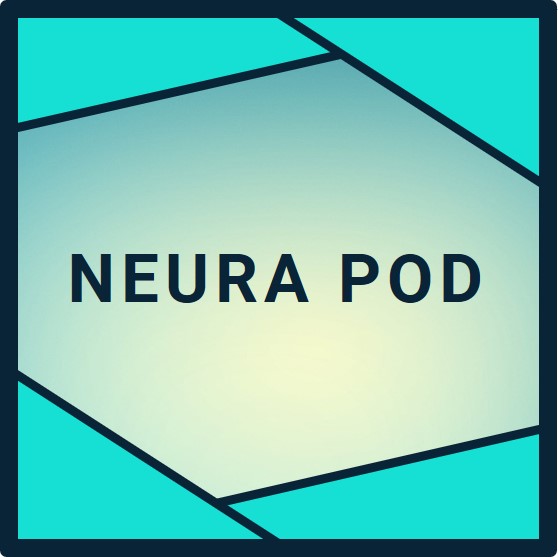- Neuralink's PRIME study enables patients with quadriplegia from spinal cord injuries or ALS to control computers and robotic arms directly with their thoughts.
- The brain implant restores communication for individuals with severe speech loss due to ALS, stroke, brain injury, or similar conditions by decoding neural signals into text.
- Upcoming Blindsight trials target profound vision impairment, aiming to generate visual perception in the brain for blind patients regardless of optic nerve damage.
Neuralink's brain-computer interface advances treatments for severe neurological conditions, focusing on restoring lost functions through high-bandwidth neural connections. As of October 2025, the N1 implant—known as Telepathy—has been successfully placed in over a dozen patients worldwide, demonstrating reliable performance in real-world use. Elon Musk's company prioritizes conditions where traditional therapies fall short, starting with paralysis and expanding to speech and vision deficits. This targeted approach, backed by FDA Breakthrough Device Designations, positions Neuralink to deliver practical benefits soon.
PRIME Study: Targeted Treatment for Quadriplegia and ALS
The flagship PRIME study evaluates the N1 implant's safety and functionality for individuals with quadriplegia due to cervical spinal cord injury or amyotrophic lateral sclerosis (ALS). Eligible patients have limited or no hand use for at least one year, often resulting from trauma or progressive neurodegeneration. The implant's 1,024 electrodes, inserted via robotic surgery into the motor cortex, detect intent signals to operate external devices without physical movement.
By October 2025, PRIME has achieved key milestones across multiple sites. In the US, sites like Barrow Neurological Institute and the Miami Project to Cure Paralysis have implanted patients who now log hundreds of hours weekly controlling cursors, keyboards, and robotic limbs. For instance, ALS patient Nick Wray uses the device to maneuver a robotic arm for self-feeding, describing the experience as "surreal and rewarding." Data shows stable signal quality over months, with patients achieving cursor speeds exceeding world records on day one post-implant.
Global rollout accelerates access. Canada completed its first two procedures at University Health Network in September, the UK welcomed its initial participant—Paul with motor neuron disease—at University College London Hospitals, and UAE trials launched at Cleveland Clinic Abu Dhabi. Paul controlled a computer hours after surgery, soon advancing to video games like Dawn of War. These expansions reflect Neuralink's commitment to serving diverse populations efficiently.
Restoring Communication Through Thought-to-Text Decoding
Beyond mobility, Neuralink addresses anomia—severe speech loss—affecting millions from ALS, stroke, or trauma. The CONVOY study and FDA-designated speech decoder translate internal verbalization into text at conversational speeds. Patients imagine speaking, and the implant outputs words on screens or synthesizes voice.
Early data from PRIME participants with ALS shows promise, as some already type fluidly. Neuralink submitted six-month results to the New England Journal of Medicine, confirming no serious adverse events and high neuron preservation. This builds toward full deployment, where users email, browse, or converse independently—critical for maintaining social ties.
Blindsight: Pioneering Vision Restoration
Neuralink's second product, Blindsight, targets profound blindness from any cause, including optic nerve damage. Unlike retinal prosthetics, it bypasses eyes entirely, stimulating the visual cortex to produce perception. FDA Breakthrough status fast-tracks trials expected in 2026, following monkey successes.
Elon Musk anticipates initial low-resolution sight—enough to navigate—evolving to surpass natural vision. Patient registries are open globally, prioritizing those blind for years. This application could aid 2.2 billion with vision impairment, restoring environmental awareness.
Real-World Impact: Patient Stories Driving Progress
Participants pioneer daily autonomy. Noland Arbaugh, the first implant recipient, celebrated one year in January 2025 by gaming and studying. Louisiana's Audrey Crews, the first woman implanted, regained tech control post-paralysis. Alex, the second US patient, plays video games fluidly.
$650M Series E funding in June supports scaling to thousands annually. Over-the-air updates refine performance, with threads retracting to match brain motion.
Elon Musk's Roadmap for Neurological Advancements
Elon Musk envisions Neuralink treating broader deficits: multiple sclerosis, cerebral palsy, even full-body restoration via exoskeletons. Long-term, it may address depression or dementia through precise stimulation. Regulatory wins and peer-reviewed data pave approval paths, ensuring safe access.
Neuralink's patient-centric model—global registries, iterative improvements—exemplifies Elon's focus on unmet needs.
TL;DR
Neuralink transforms lives in 2025, with over a dozen implants treating quadriplegia and ALS via thought-controlled devices in PRIME trials across US, Canada, UK, and UAE. Speech decoding restores voice for stroke and ALS patients, while Blindsight promises sight for the blind. Patient triumphs—like self-feeding and gaming—validate safety and efficacy, fueled by $650M funding and FDA nods. Elon Musk's steady leadership drives toward full autonomy for millions, marking brain implants as viable medicine.

